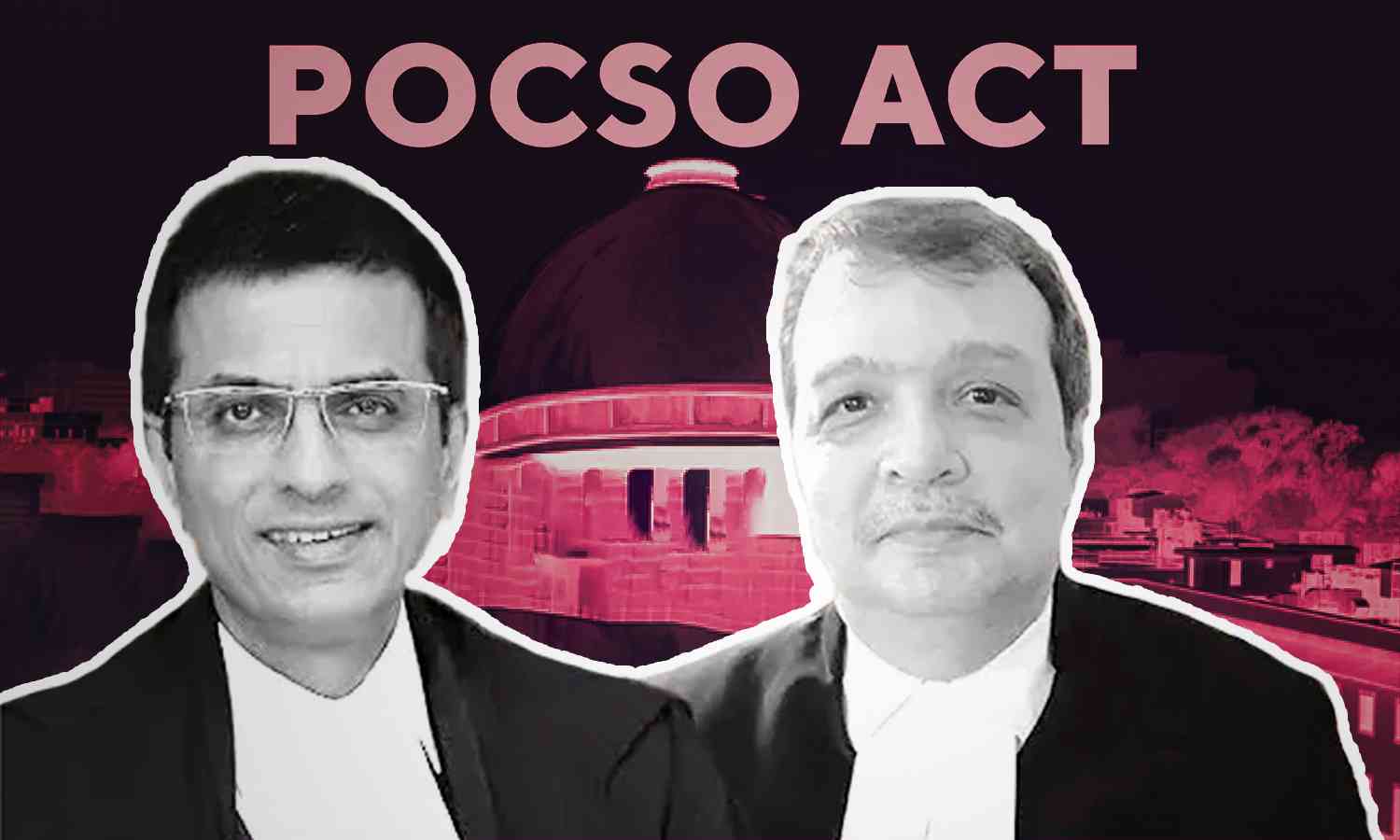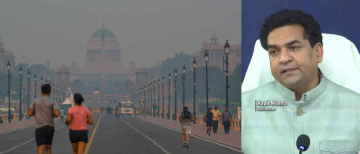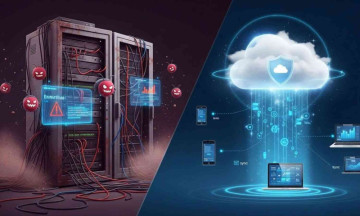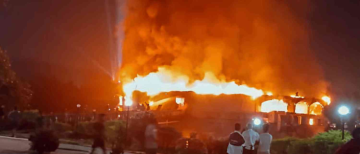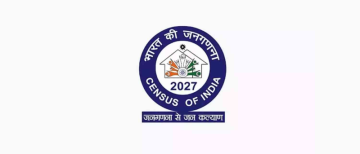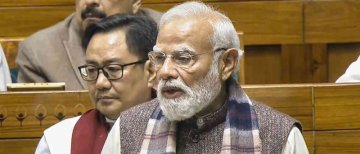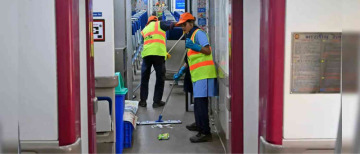In a landmark judgment in September, the Supreme Court of India has ruled that simply watching child pornography is now a criminal offence under the Protection of Children from Sexual Offences (POSCO) Act. The ruling, which could lead to jail terms ranging from three to seven years, underscores the judiciary’s resolve to crack down on all forms of child exploitation. But the question to ask really is, why did the apex court and a panel led by the CJI had to intervene to make something as heinous as CP illegal, shouldn't this be absolute obvious thing to do for any decent society?
During the hearing, Justice J.B. Pardiwala, who authored the 200-page judgment, clarified the court’s stance on the matter: “Wherever a person indulges in any activity such as viewing, distributing, or displaying child pornographic material without actually possessing or storing it, such an act would still amount to ‘possession’ in terms of Section 15 of the POSCO Act if the individual exercised any degree of control over the content.” The doctrine of "constructive possession" plays a key role in this decision, extending liability beyond mere physical storage of such content to include control and access.
This decision significantly broadens the scope of liability under the POSCO Act. Previously, focus had been placed on those distributing or storing child pornography. Now, merely watching such material is enough to warrant prosecution, unless the individual can demonstrate that there was no intent to view the content. In the event that someone inadvertently stumbles upon child pornography through a link or file, they must report it immediately to the police, or risk facing prosecution themselves.
The ruling sends a strong message about the seriousness with which the Indian judiciary is approaching child protection and digital ethics. It also places an increased burden on individuals to be vigilant in their online behaviour, especially when it comes to accidental exposure to illegal content. As this judgment comes into effect, it represents a crucial step in combatting child pornography and ensuring accountability across the digital landscape.
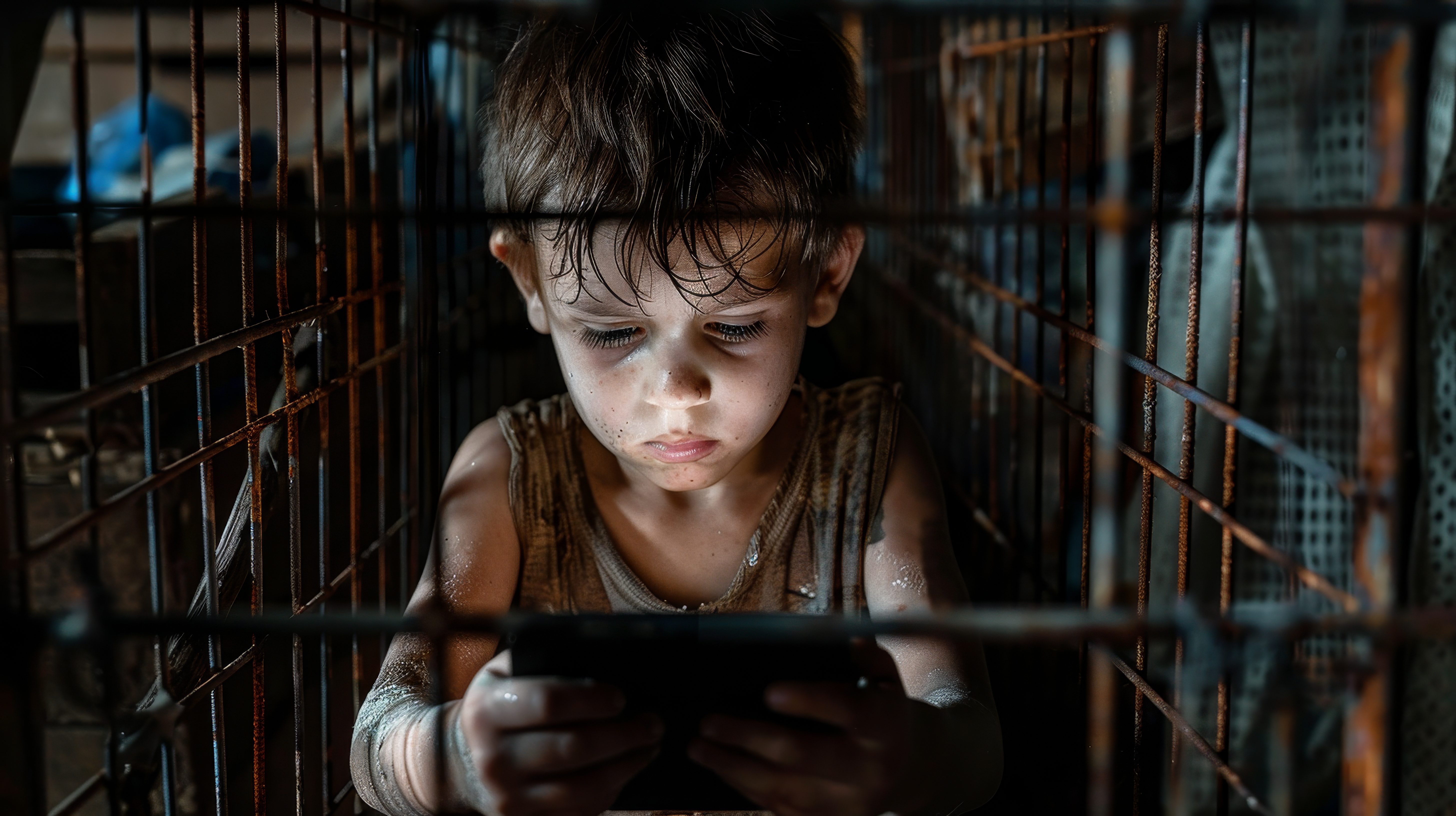
Supreme Court Clarifies Child Pornography Laws: Mere Viewing Now Criminalized Under Pocso Act
In a significant judgment, the Supreme Court of India, led by Chief Justice D.Y. Chandrachud and Justice J.B. Pardiwala, has brought much-needed clarity to India’s child pornography laws, ruling that even the act of viewing child pornography constitutes a criminal offence. This landmark decision came in response to appeals filed by Just Rights for Children Alliance — a coalition of NGOs combatting child trafficking and exploitation — challenging conflicting verdicts passed by various high courts on the legal parameters surrounding child pornography.
The legal ambiguity stemmed from differing interpretations of Section 15 of the Protection of Children from Sexual Offences (POSCO) Act and Section 67B of the Information Technology (IT) Act. The Kerala High Court, for instance, had ruled that merely possessing or viewing child pornography did not constitute a criminal offence under Section 15. The court emphasised that only the transmission or sharing of such material should be penalised. This interpretation left open the question of whether passive consumption — such as watching without distributing — fell under the law’s purview.
Meanwhile, the Bombay High Court had taken a slightly different stance, concluding that the POSCO Act criminalises the storage of child pornographic material, as well as the failure to report or delete it. According to this view, a person could be exempt from liability if they had unknowingly clicked on a link that led to such content, provided they did not store or fail to report it.
Faced with this legal divergence, the Supreme Court has now settled the debate. By expanding the doctrine of "constructive possession," the court held that any degree of control over child pornographic material, including viewing it without possessing or storing it, would still constitute an offence under the POSCO Act.
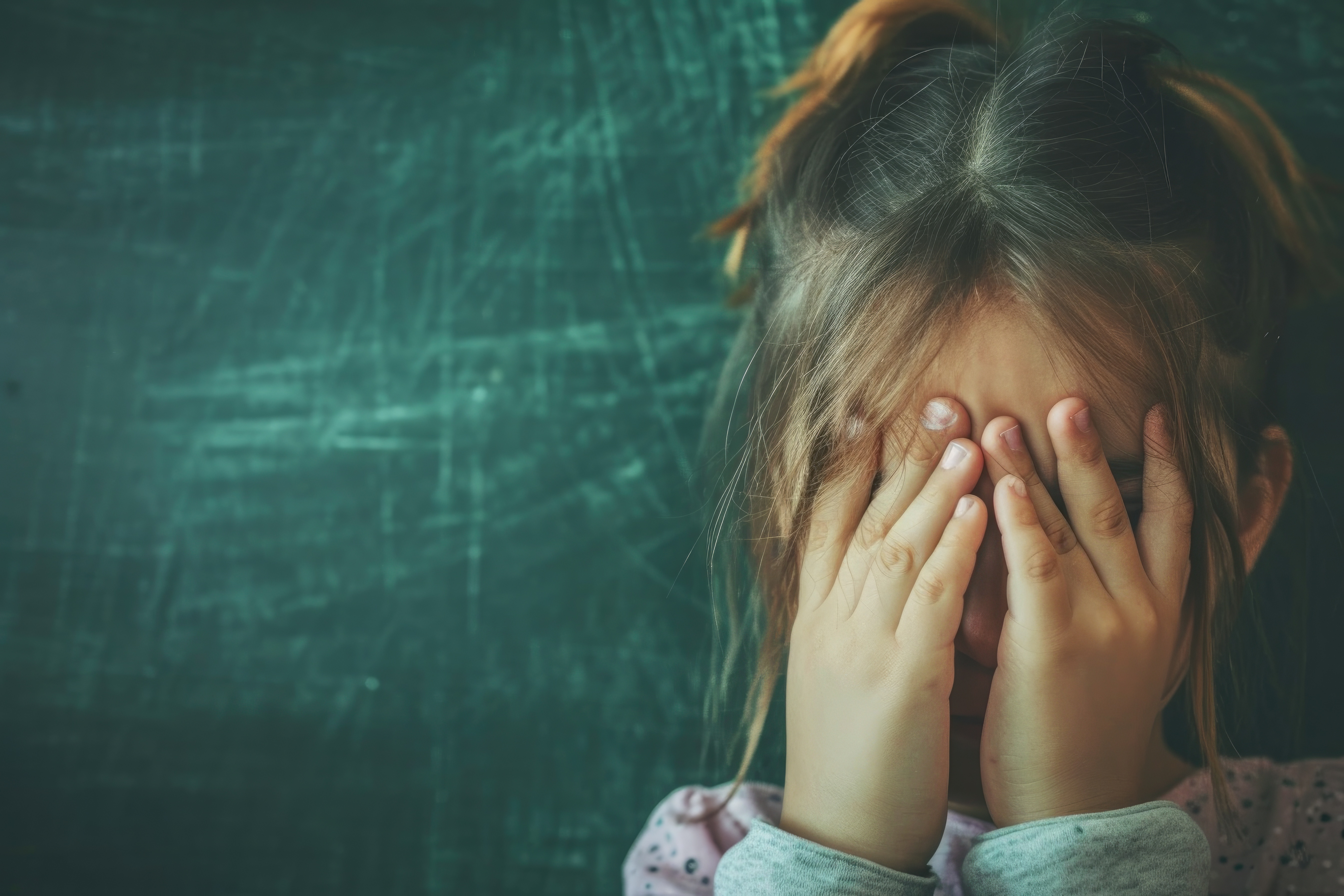
Justice Pardiwala's ruling highlights that any form of indulgence in child pornography, even viewing it online, can lead to prosecution unless the viewer can demonstrate they had no intention of consuming the content. Importantly, the judgment mandates that anyone who inadvertently encounters child pornographic material must report it to the authorities, or risk facing criminal charges. The ruling underscores the court’s commitment to ensuring a comprehensive legal framework to protect children from sexual exploitation in all forms, especially in the digital age. It serves as a strong warning to those engaging in even passive consumption of child pornography, while setting a clear legal precedent that mere viewing of such material is sufficient to attract severe penalties. This decision marks a pivotal shift in India's legal landscape, closing loopholes that allowed some offenders to escape prosecution and sending a clear message about the nation's zero tolerance for child sexual exploitation.
In a significant move aimed at strengthening child protection laws, the Supreme Court on Monday put forth a series of recommendations to the Union government, with a particular emphasis on the Ministry of Women and Child Development. These suggestions are intended to provide a more comprehensive and accurate legal framework for addressing child sexual exploitation and improving preventive measures. Here are the key recommendations:
1. Amendment of Pocso Act Terminology: The Supreme Court urged Parliament to amend the Protection of Children from Sexual Offences (POSCO) Act, suggesting that the term "child pornography" be replaced with "child sexual exploitation and abuse material." This change, the court argued, would more accurately reflect the grave nature of such offences. The government was also encouraged to consider introducing this amendment through an ordinance for swift implementation.
2. Judicial Use of Language: The court also recommended that the term "child pornography" should no longer be used in judicial orders or judgments. Instead, the term "child sexual exploitation and abuse material" should be officially adopted to ensure consistent and precise language in legal discourse.
3. Comprehensive Sex Education: Recognising the importance of education in preventing sexual exploitation, the court advised the government to implement sex education programs that address the legal and ethical ramifications of child sexual exploitation. These programs should clarify common misconceptions, promote a better understanding of consent, and highlight the impact of sexual abuse on victims. Rehabilitation programs for offenders, along with support services for victims, were also deemed essential for a more holistic approach.
4. Public Awareness Campaigns: To tackle the widespread nature of child sexual exploitation, the Supreme Court recommended launching public awareness campaigns. These initiatives should inform the public about the harsh realities of child sexual exploitation material and its long-lasting consequences, in a bid to deter such offences.
5. Role of Schools in Prevention: Schools were seen as pivotal in early intervention and prevention efforts. The court suggested the inclusion of school-based programs that teach students about healthy relationships, consent, and appropriate sexual behaviour. Such initiatives could play a crucial role in identifying and preventing problematic sexual behaviour from a young age.
6. Constitution of an Expert Committee: Finally, the court suggested that the government form an expert committee tasked with developing a comprehensive program focused on health and sex education. This committee would also raise awareness about the Pocso Act, ensuring that children are educated about their rights and the protections available to them from an early age.
The court’s recommendations are a clear call for a multi-faceted approach, combining legal reform, education, and public awareness to combat child sexual exploitation in a more effective and sustainable manner. If implemented, these measures could lead to a more robust framework for protecting children from abuse and exploitation, while promoting a well-informed and safer society.
Image Source: Multiple Agencies
Ⓒ Copyright 2024. All Rights Reserved Powered by Vygr Media.

